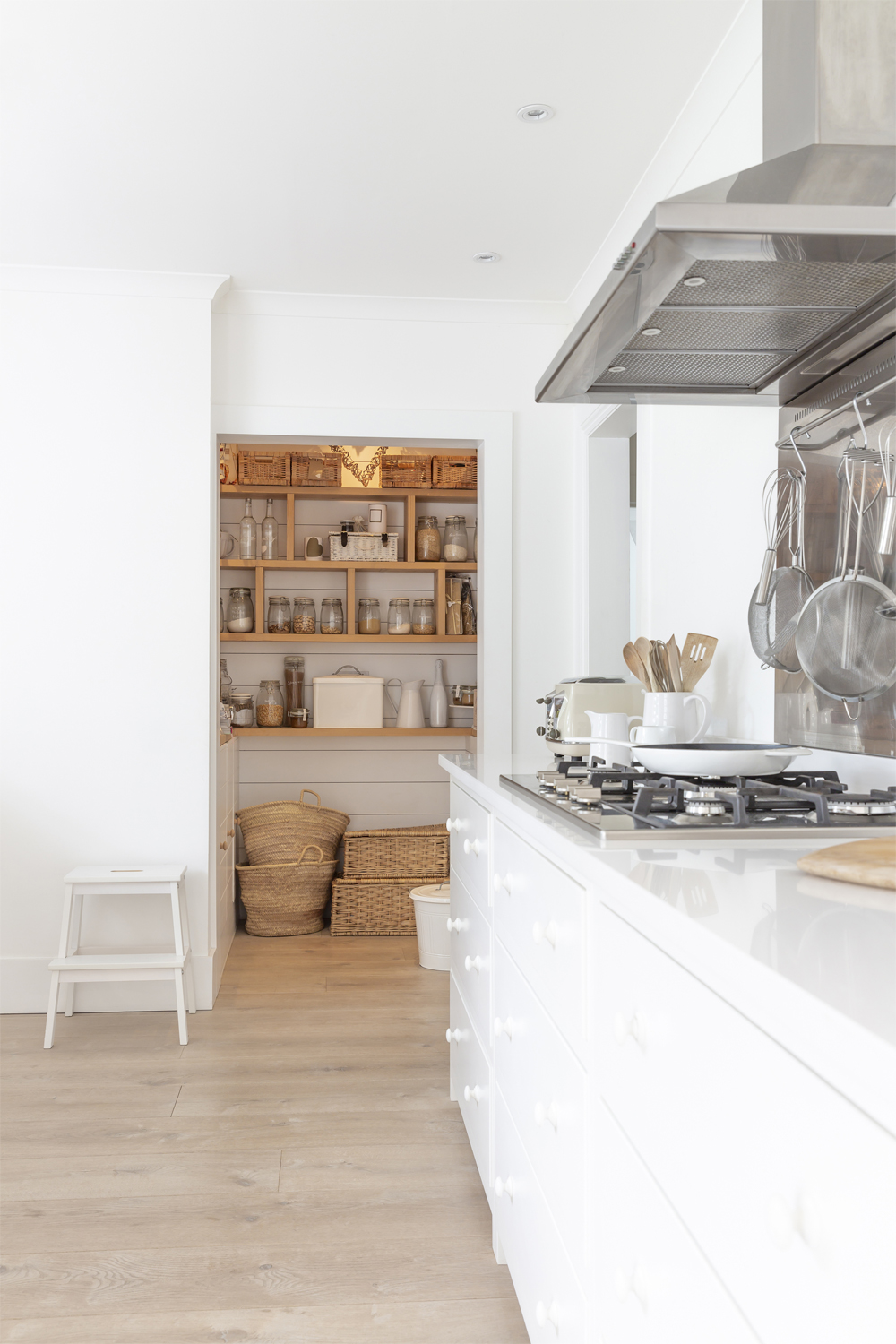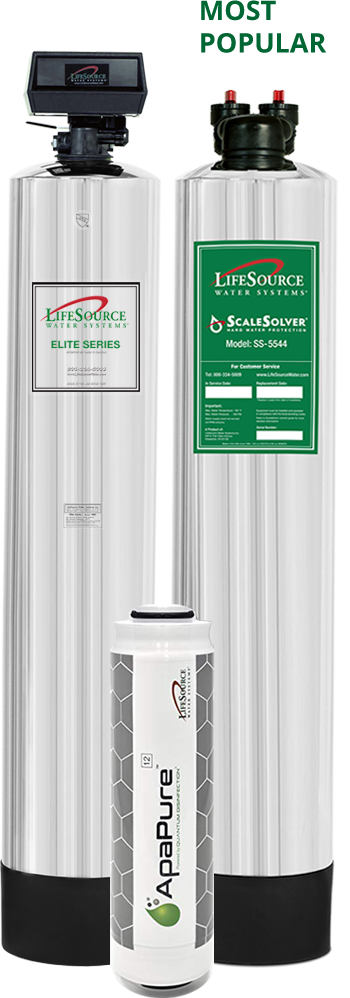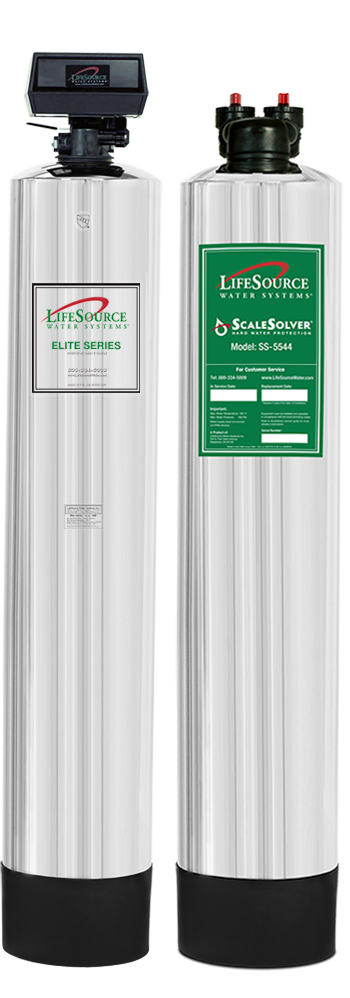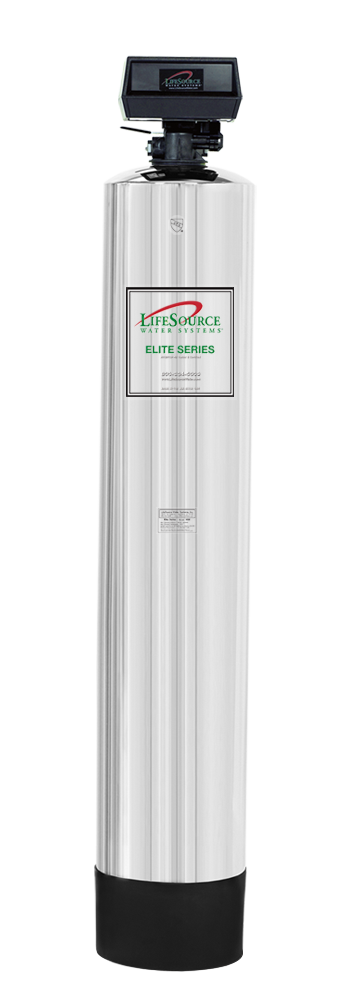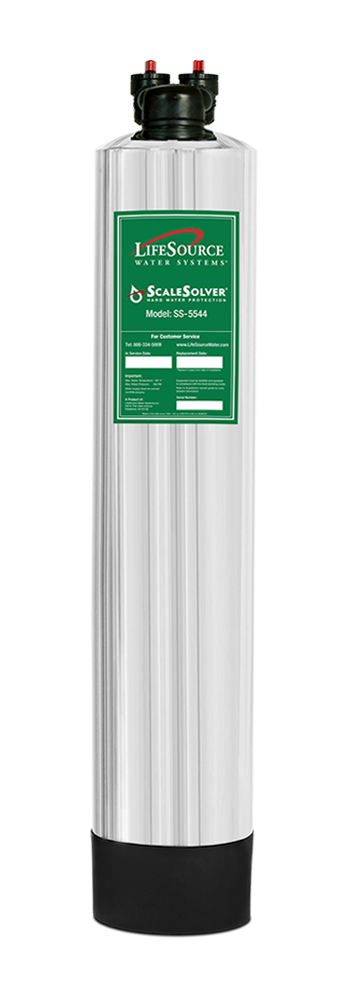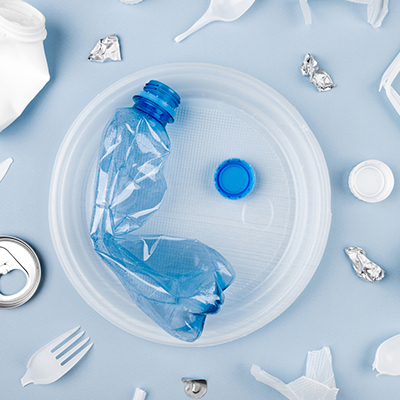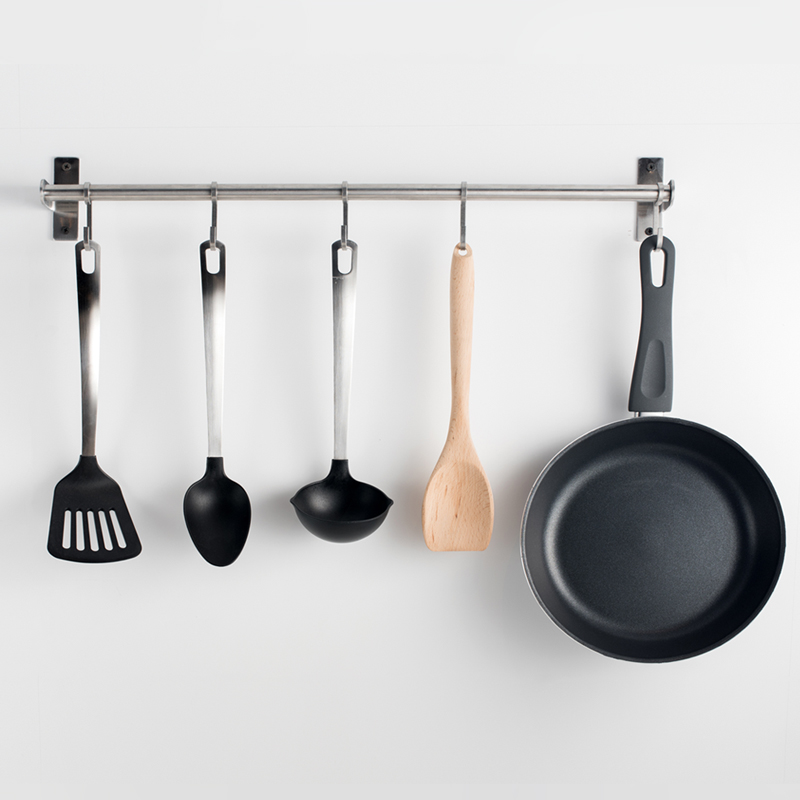
Easy Steps for Decluttering Your Kitchen
Save time and money with an organized kitchen.
Before you begin, decide on clear parameters for how you’re going to decide what to keep and what to toss. All too often we can talk ourselves into keeping that old, chipped coffee mug because “who knows, maybe one day I’ll need it for something.”
Junk drawers are less likely to happen when we have designated places to keep things. While it may feel time consuming to buy storage containers or designate drawers or shelves for specific items, the result is very freeing. When everything has a home it improves the efficiency of your kitchen, making it easier to cook and clean. If you’re like me and live with someone who isn’t good at remembering where things go (so he claims), cute container labels can be a nice reminder.
Ready? Dedicate a day (or two) to de-cluttering your kitchen! I believe in you. Once you are done, maybe reward yourself with a fresh set of kitchen towels and mitts!
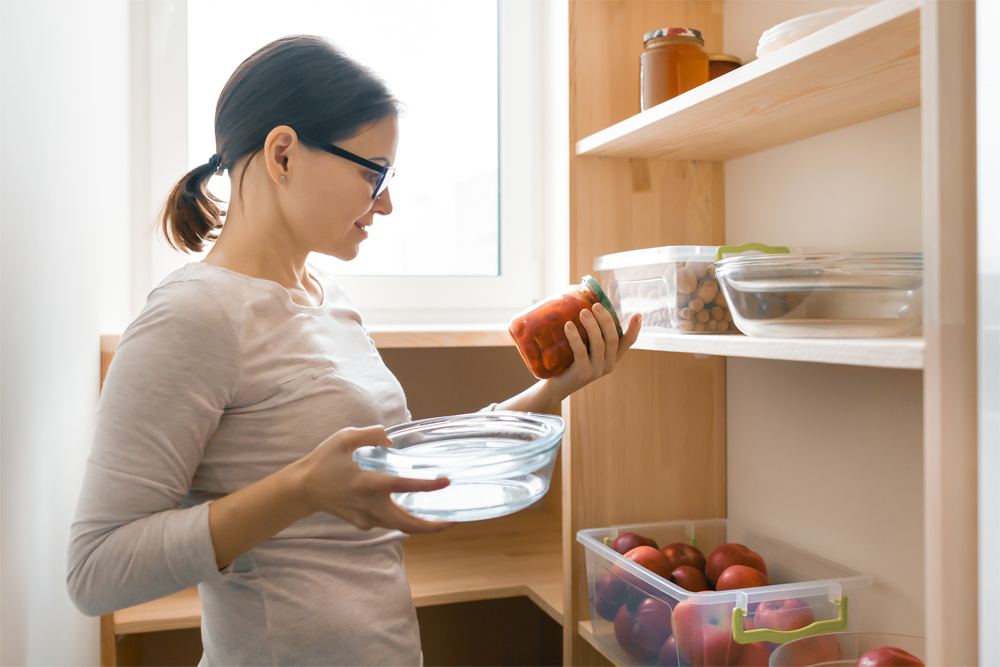
Get rid of duplicates
Throw away repeat appliances and tools. Trust me, you don’t need three different sets of measuring spoons!
Let go of what you don’t use
Give away or donate kitchen tools or appliances you don’t use regularly. If you’re like me and have certain items you use sparingly (like a pasta maker or turkey baster), create a special storage bin that doesn’t take up space in your daily life.
Clear off counter tops
Clear up counter space by storing small kitchen appliances, like rice cookers or crock pots, in cupboards or drawers. Downsize on unnecessary appliances or bulky stock items. Do you really need a toaster AND a toaster oven? Free up kitchen space by swapping bulky cases of bottled water for a whole house water system and get clean, filtered water straight from the tap.
Optimize your storage.
Re-organizing your kitchen shelves can do wonders. Start by taking everything out. Only keep items you use regularly. If you have adjustable shelving, create shorter or taller heights to accommodate your storage needs. Store food using clear containers and/or labels so it’s easy to tell what’s inside. Lazy Susans, drawer dividers and adding additional shelving are also key for getting a polished look for your pantry.
Store by category.
Storing food and cookware by category keeps your kitchen organized. For example, spices and oils should be kept near the stove where you’ll use them the most.
Take inventory of your pantry.
Toss or donate old pantry food you haven't touched. If you haven’t used it in the past year, you probably won’t use it….or it’s gone bad. Remember to look at the expiration date if you’re donating. Make a grocery list of all the food you need to replace and do it before you forget.
